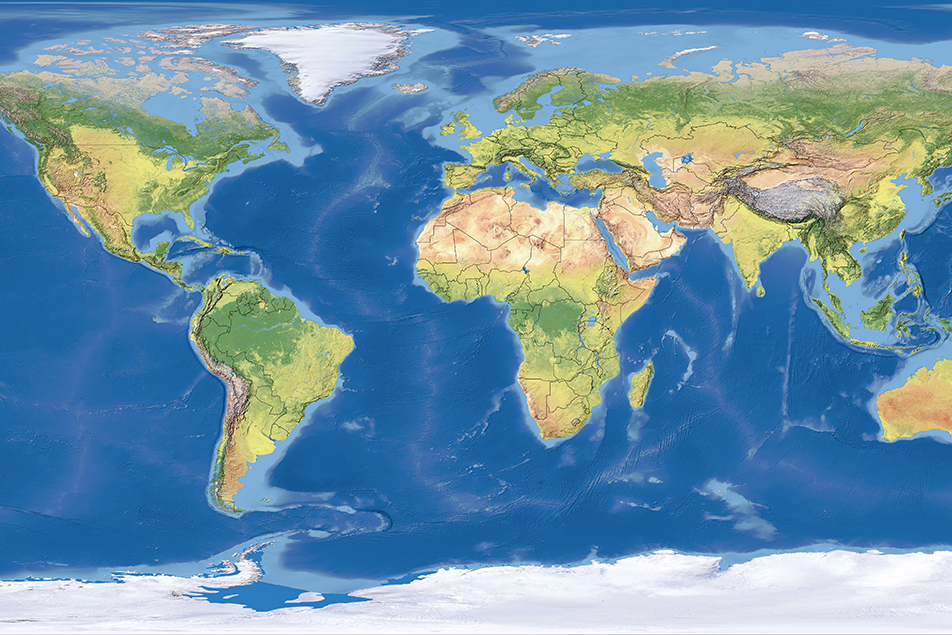
The lifespan of an American born today averages around 78 years of age, but researchers have found that there are pockets of people around the world with higher life expectancies. This begs the question, what are they doing differently? Rachel Stohlman, RDN, LD, community outreach dietitian, Parkview Health, delves further into these longevity hotspots, explaining what Blue Zones are and why the lifestyle features of those living within the designated areas seem to live longer.
What are Blue Zones?
There are a few places in the world called “Blue Zones.” They are regions where a higher number of people have low rates of chronic disease and seem to live longer, healthier lives than anywhere else. The five places that seem to meet this criterion include:
- Sardinia, Italy
- Okinawa, Japan
- Nicoya, Costa Rica
- Ikaria, Greece
- Loma Linda, California
What do all the Blue Zone areas have in common?
Researchers found that all Blue Zone areas share nine specific lifestyle habits called the Power 9®. The most common denominators of each place include:
- Move naturally: It might surprise you, but the longest-living people don’t join gyms, run marathons or lift excessive weights. Instead, they live in environments that encourage moving without thinking about it – they grow gardens and don’t have mechanical conveniences for doing house or yard work.
- Purpose: Knowing your “why” and your sense of purpose is worth up to seven years of extra life expectancy. Take a mindful minute to reflect on your purpose.
- Down shift: Everyone experiences stress, which often leads to chronic inflammation associated with every major age-related disease. That’s why having a routine to shed that stress is so important. Whether it’s taking a quiet moment each day to reflect, enjoying a nap, or indulging in a happy hour, finding a way to alleviate your stress is crucial.
- 80% Rule: This guideline reminds us to stop eating when our stomachs are 80% full. The 20% gap between not being hungry and feeling full could be the difference between losing or gaining weight. People living in the Blue Zones eat their smallest meals in the late afternoon or early evening, then don’t eat any more the rest of the day.
- Plant slant: A plant-based diet is ideal, with beans (fava, black, soy and lentils) being the cornerstone of residents within the Blue Zones. Meat is not the primary source of food. Typically, it’s only eaten on special occasions, and serving sizes are roughly 3-4 ounces.
- Social hour: Individuals living within the Blue Zones drink alcohol moderately and regularly. They often enjoy 1-2 glasses per day with friends or family while eating.
- Belong: Research shows that attending faith-based services four times per month will add 4-14 years of life expectancy, and denomination doesn’t seem to matter.
- Loved ones first: Blue Zone dwellers put their families first. This means keeping aging parents and grandparents nearby or in the home, which helps lower disease and mortality rates of children living in the same residence while illustrating commitment and love.
- Right tribe: Research shows that the social networks of long-lived people have favorably shaped their health behaviors – healthy social circles result in healthy individuals.
What lessons can Blue Zones teach us about improving our health?
By adopting even a few Blue Zone lifestyle habits, we can increase our longevity, health and happiness. We may not all make it to 100 years old, but we have the capacity and tools to live longer and healthier lives without chronic disease.
How can someone outside a Blue Zone incorporate these lifestyle habits into their own life?
While not everyone has the opportunity or means to live in a Blue Zone, you can begin by incorporating at least one of these healthy lifestyle habits into your routine. If the task seems daunting at first, remember to start small. Try adding more plant-based foods into your daily diet. Take time each day to move your body. Find enjoyable ways to pause and reflect, find your “why,” and remember your purpose. And most importantly, find a community or social network that will support you as you integrate these longevity practices into your own life.



